Walking through a woodland garden should feel like stepping into nature's own fairy tale. The gentle crunch of organic materials beneath your feet, the dappled sunlight filtering through overhead branches, and the soft curves that guide you deeper into your green sanctuary all contribute to creating that perfect natural escape right in your backyard. Woodland garden paths serve as more than just functional walkways - they become the threads that weave together different garden rooms, creating a sense of discovery and wonder with every step. The materials you choose for these paths can transform an ordinary garden walk into something truly magical. From the earthy aroma of pine needles to the satisfying texture of natural stone, each pathway material brings its own character and charm. The beauty of woodland paths lies in their ability to feel both purposeful and spontaneous, as if they've always been part of the landscape. Whether you're working with a shady corner or an entire wooded lot, the right path design can enhance the natural beauty while providing practical access through your garden.
1. Bark Mulch Meandering Trail
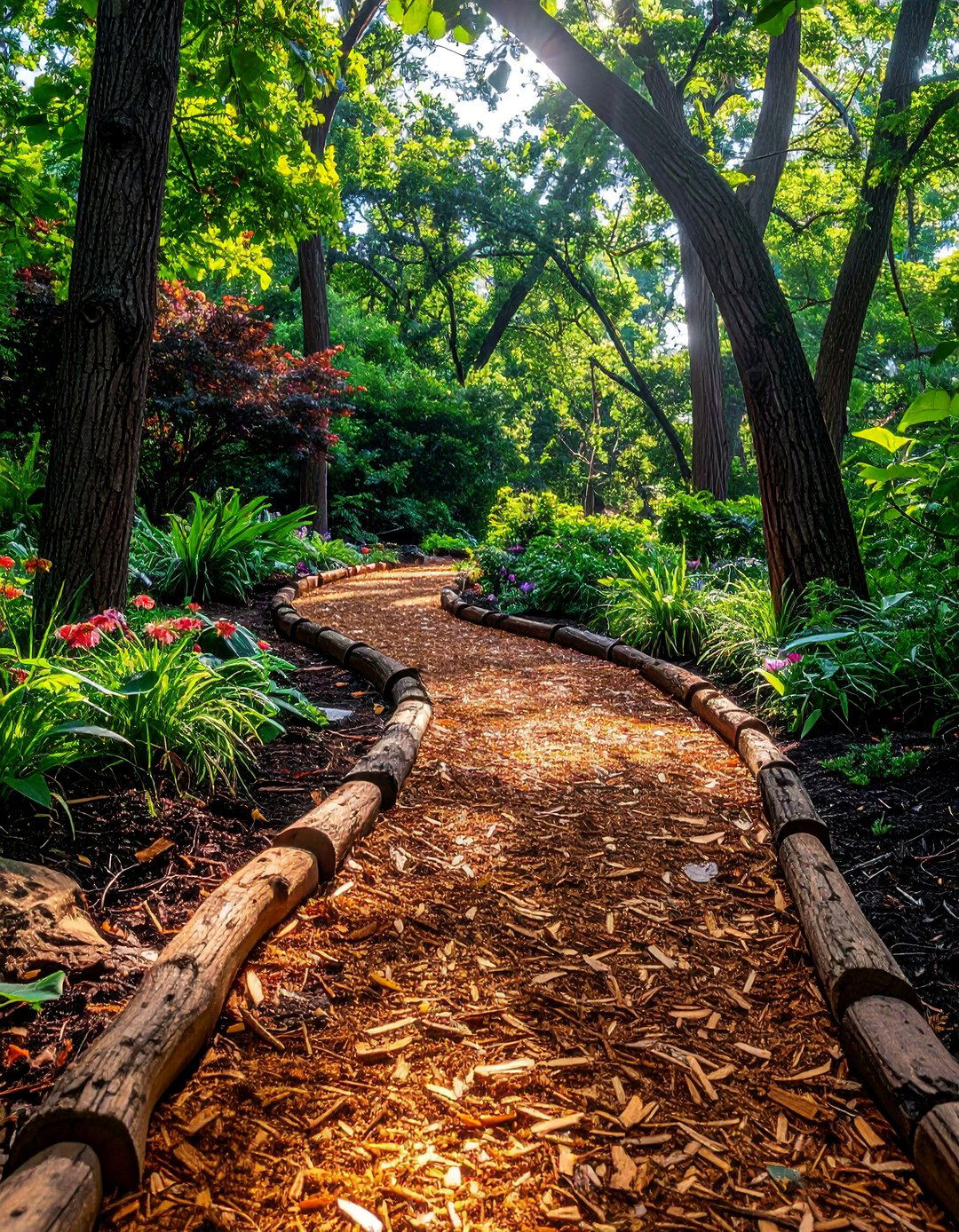
A classic bark mulch pathway creates the quintessential woodland experience with its soft, cushioned surface and natural earthy fragrance. This approach uses shredded hardwood bark spread 4-6 inches deep, creating a gentle trail that curves naturally through your garden. The rich brown tones complement surrounding foliage while providing excellent weed suppression and moisture retention for nearby plants. Edge the path with fallen logs or simple wooden borders to contain the mulch and define the walkway. As the bark slowly decomposes, it enriches the surrounding soil while maintaining its attractive appearance for several seasons. This pathway works beautifully under tree canopies where harder materials might become slippery with fallen leaves. The organic nature of bark mulch means it integrates seamlessly with the woodland environment, feeling like a natural forest floor rather than an imposed garden feature.
2. Natural Flagstone Stepping Stones

Irregular flagstone pieces create an elegant woodland stepping stone path that feels both refined and completely natural. These flat stone pieces, spaced at comfortable walking intervals, allow grass or low groundcover to grow between them, softening the pathway's appearance. Choose stones in earthy tones like gray, tan, or rust that complement your woodland setting. The natural variation in size and shape of each flagstone piece adds visual interest while maintaining the organic feel essential to woodland gardens. This design works particularly well in areas where you want to maintain existing vegetation while providing a stable walking surface. The stones warm in the sun and provide a pleasant contrast to softer garden textures. For added woodland charm, encourage moss growth on the stone surfaces and plant shade-loving groundcovers like wild ginger or pachysandra between stones.
3. Pine Needle Carpet Walkway
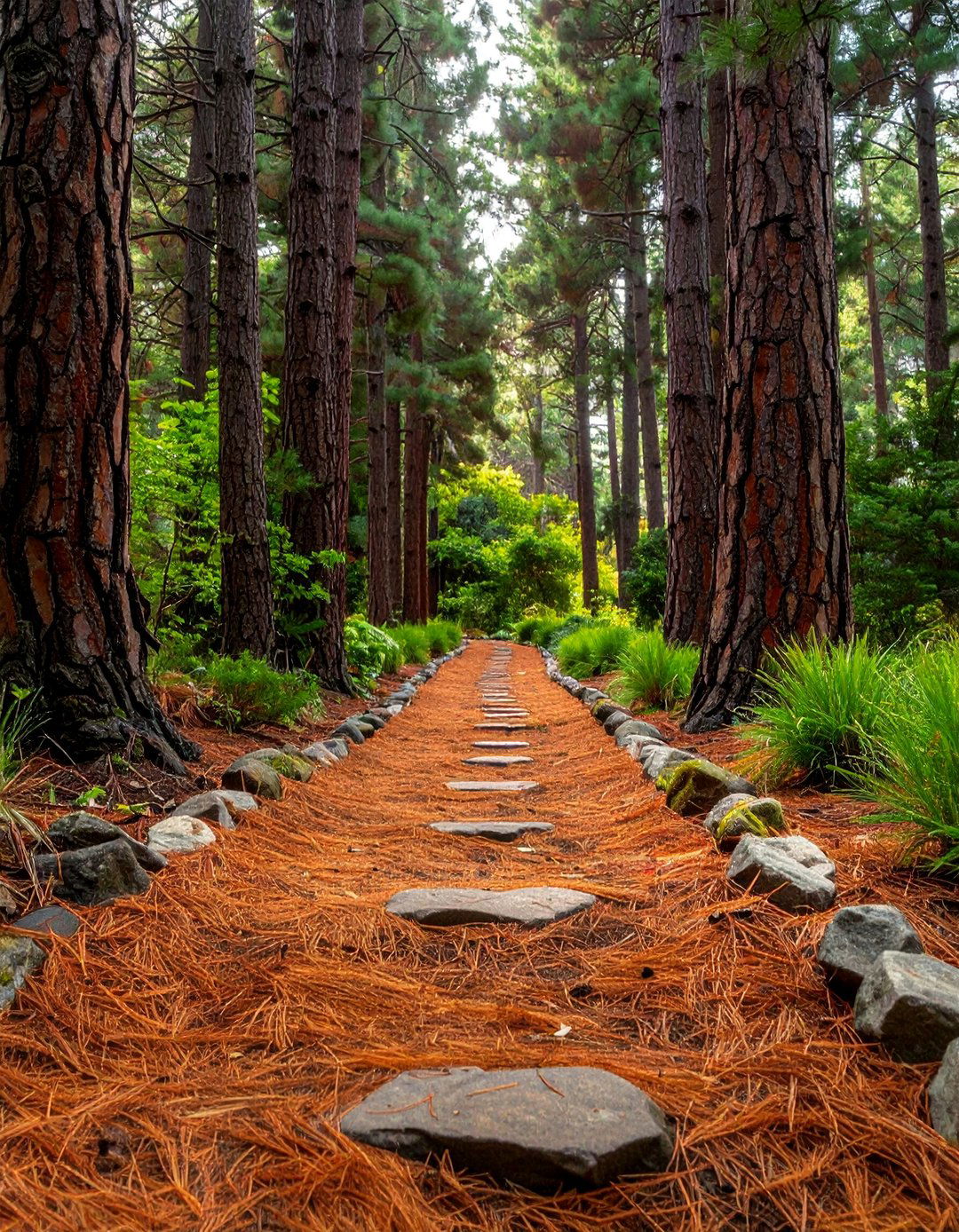
Does anything capture the essence of a woodland walk better than the soft carpet of pine needles beneath towering evergreens? Creating a pathway with collected pine needles offers both practical benefits and authentic woodland atmosphere. The needles provide a naturally acidic, aromatic surface that suppresses weeds while creating a soft, silent walking experience. This approach works especially well under existing pine, fir, or spruce trees where needles naturally accumulate. Simply rake and distribute the needles to create a defined 3-foot wide path, refreshing the surface seasonally as new needles fall. The natural oils in pine needles help repel insects while their gradual decomposition feeds acid-loving woodland plants. Edge the pathway with river rocks or weathered logs to provide subtle definition while maintaining the natural aesthetic that makes woodland gardens so appealing.
4. Wood Chip Forest Floor Path
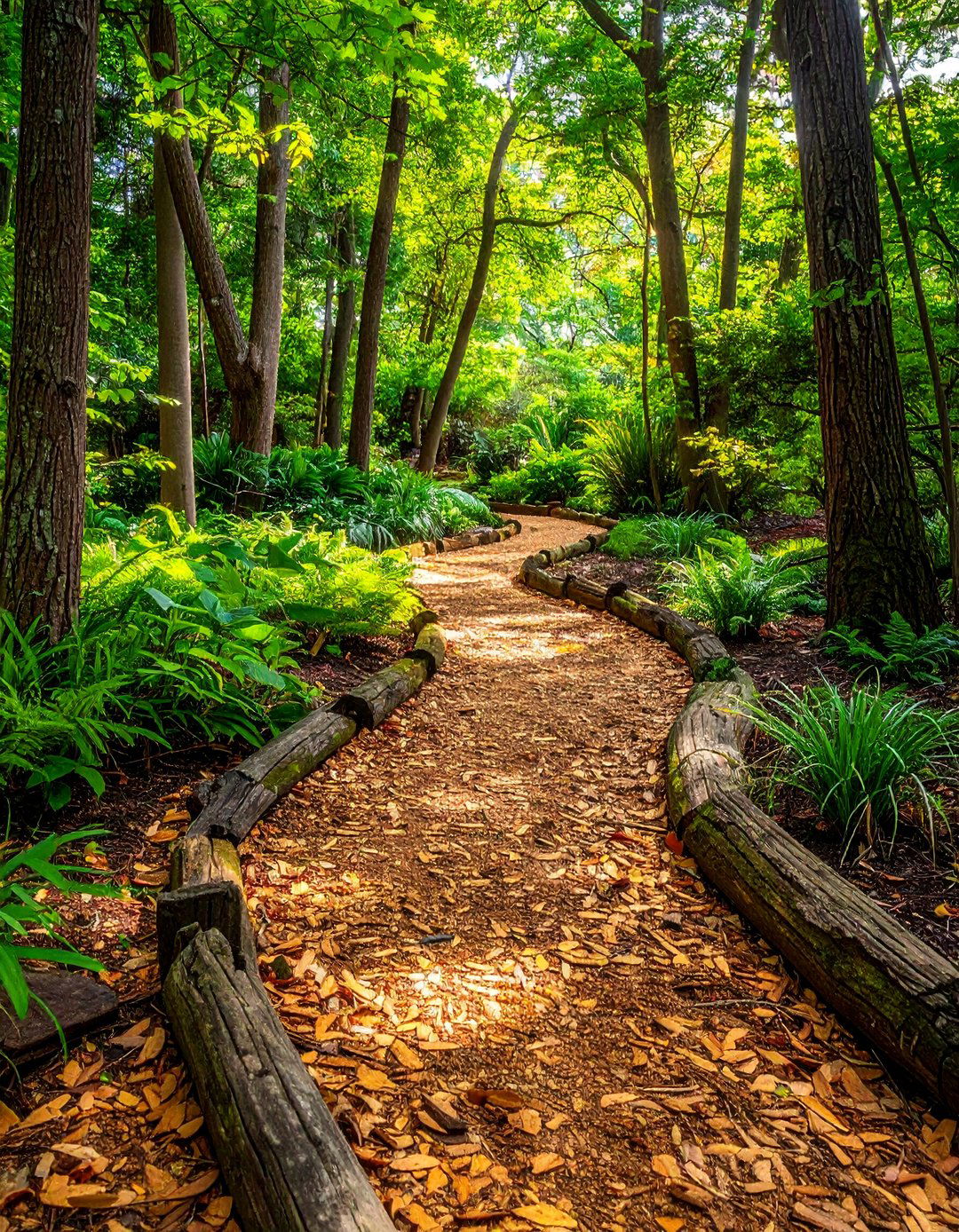
Transform readily available wood chips into a professional-looking woodland pathway that mimics the natural forest floor. Using fine to medium-sized wood chips creates a more refined appearance than bark mulch while maintaining excellent drainage and weed suppression properties. Lay the chips 3-4 inches deep over cleared ground, creating gentle curves that follow natural contours of your landscape. This material choice works exceptionally well for high-traffic areas, as it compacts slightly underfoot while remaining comfortable to walk on. Wood chips break down more slowly than bark, requiring less frequent replenishment while gradually improving soil structure. The neutral color tones blend effortlessly with woodland surroundings, and the material's permeability allows rainwater to soak into the ground rather than running off. Edge with native stones or split logs to create clean lines while preserving the natural woodland aesthetic.
5. River Rock Mosaic Trail
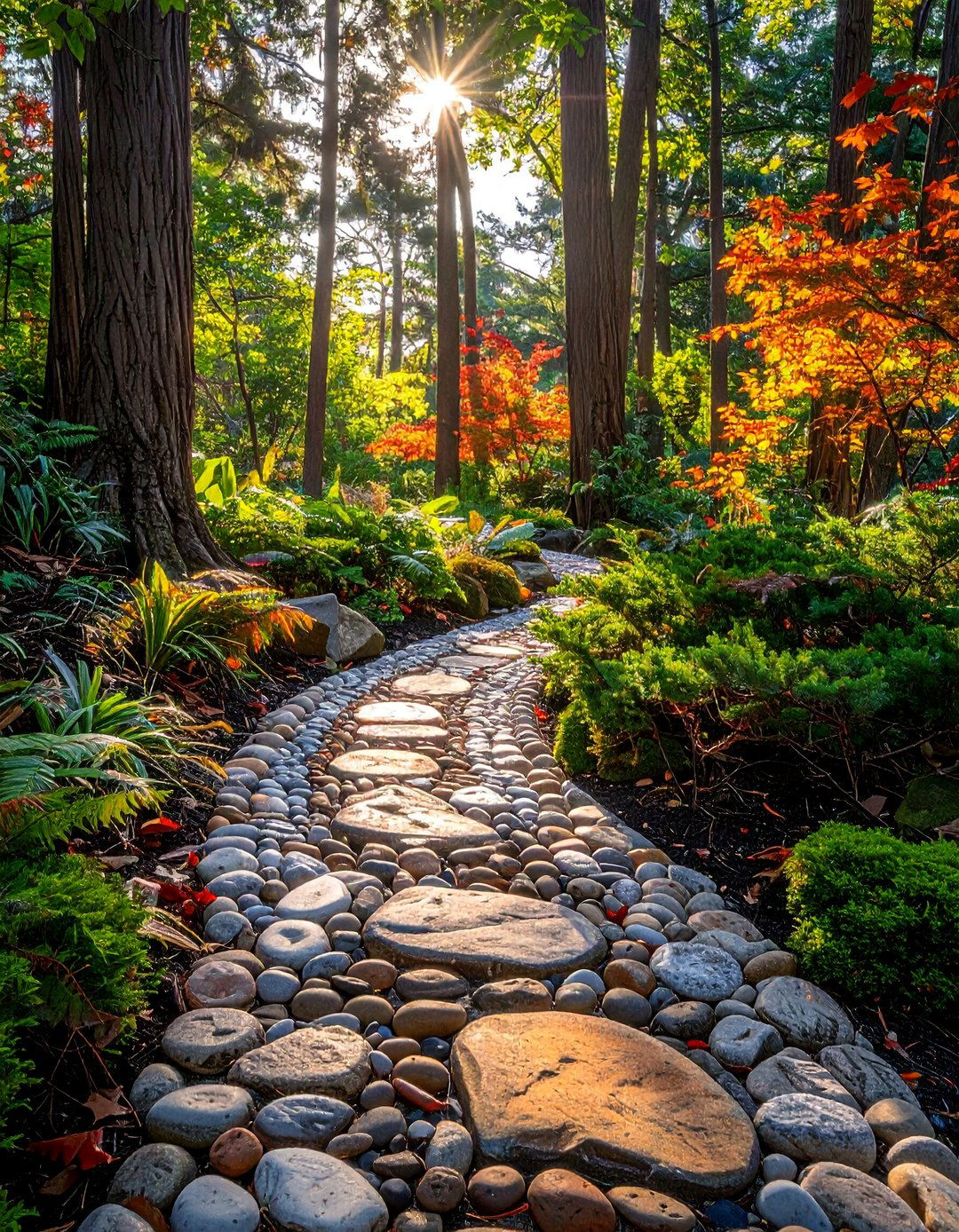
Smooth river rocks create a unique mosaic-style pathway that adds texture and visual interest to woodland gardens while maintaining complete harmony with natural surroundings. Arrange rocks of varying sizes - from pebbles to palm-sized stones - to create flowing patterns that guide the eye along the path. This approach allows for creative expression while using completely natural materials that weather beautifully over time. The rocks provide excellent drainage and won't decompose, making this a long-lasting pathway solution. Fill spaces between larger rocks with smaller pebbles or allow moss and tiny woodland plants to establish naturally in the crevices. The sound of footsteps on river rocks adds another sensory element to the woodland experience. This design works particularly well in areas where drainage might be challenging, as the stones allow water to flow freely through the pathway while preventing erosion.
6. Log Slice Stepping Path
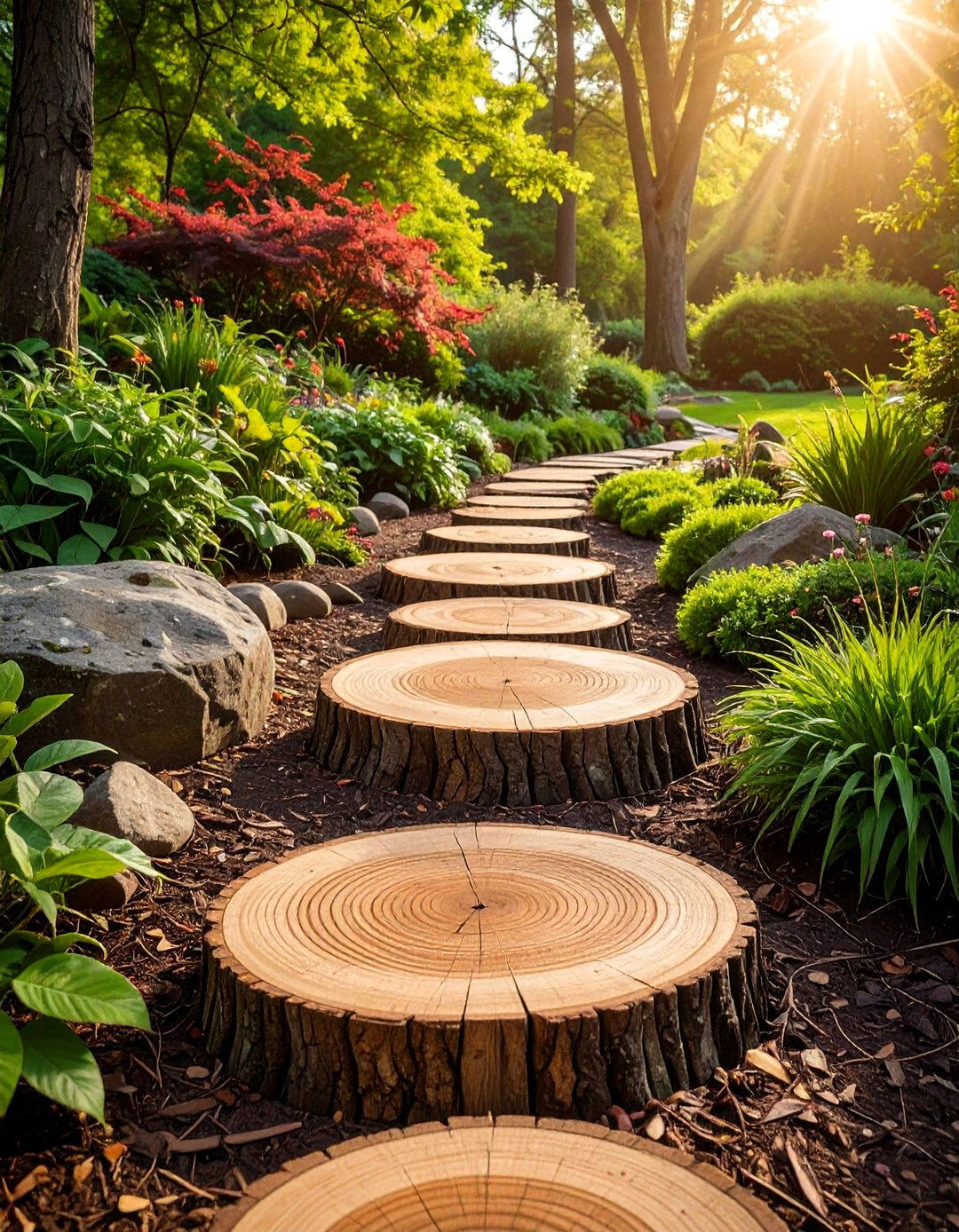
What could be more fitting for a woodland garden than actual cross-sections of trees serving as stepping stones? Log slices create charming, rustic stepping stones that showcase the natural beauty of wood grain and tree rings. Choose hardwood species like oak or maple for durability, and select pieces 12-18 inches in diameter for comfortable stepping. Space the rounds at natural stride intervals, allowing woodland groundcovers to fill the gaps between stones. The circular shapes create pleasing visual rhythm while their natural height variations add gentle undulation to the path. These wooden stepping stones develop beautiful weathered patinas over time, and their organic origins mean they'll eventually decompose and return nutrients to the soil. Treat with natural wood preservatives if desired, or simply embrace the natural aging process that will integrate the path even more thoroughly with the woodland environment.
7. Gravel Stream Bed Design
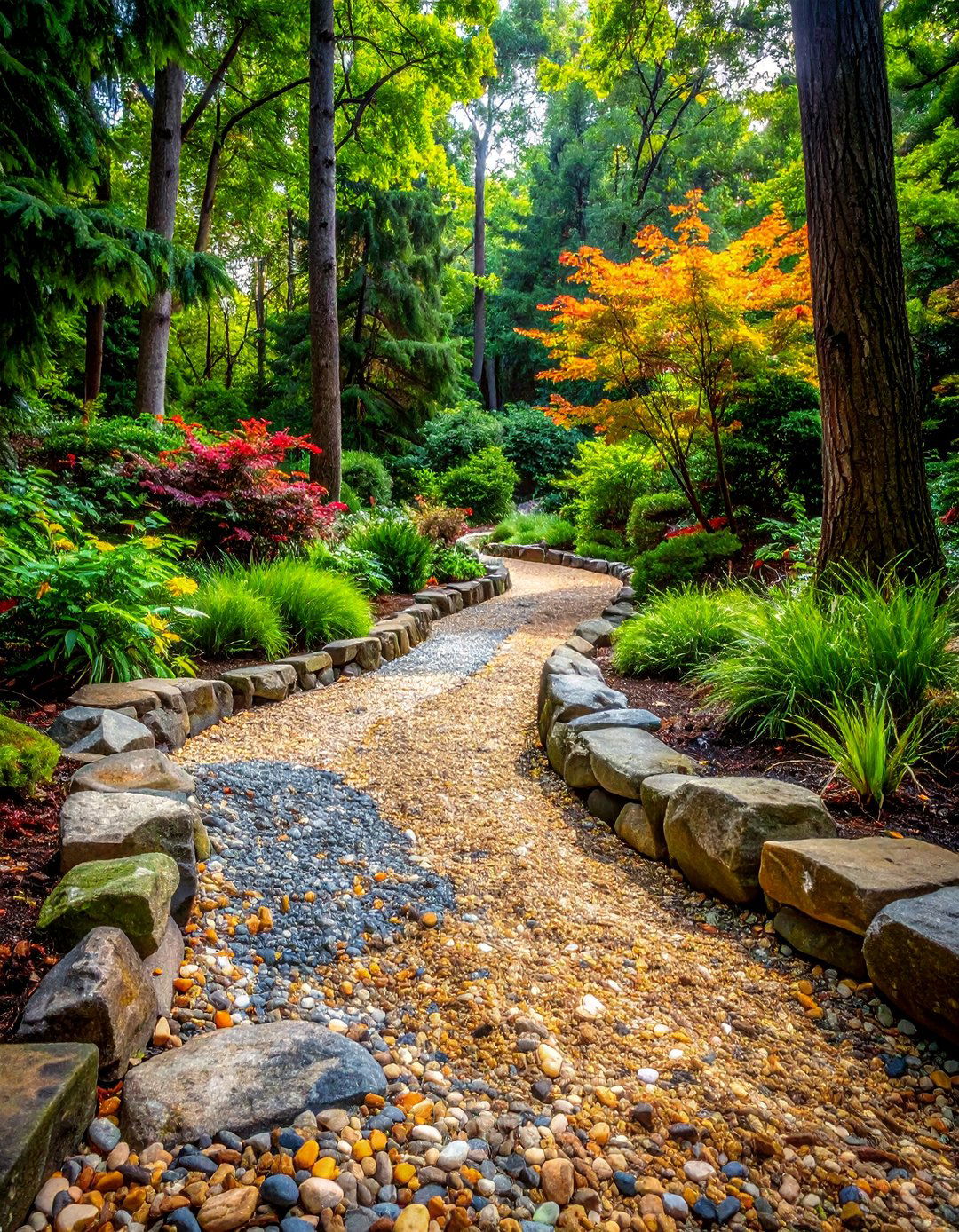
A carefully designed gravel pathway can mimic the appearance of a dried stream bed, creating the illusion of natural water flow through your woodland garden. Use varying sizes of decomposed granite or pea gravel in earth tones, arranging them to suggest the meandering flow of water through the landscape. This approach works especially well on slopes where you want to manage drainage while creating an attractive pathway. The gravel provides excellent drainage and won't become muddy in wet weather, making it practical for year-round use. Edge the "stream" with larger rocks and native plants to enhance the naturalistic illusion. Over time, leaves and organic matter will naturally accumulate in the gravel, softening its appearance and helping it blend even more seamlessly with the woodland environment. This design adds the suggestion of water movement without requiring actual water features.
8. Moss-Covered Stone Path
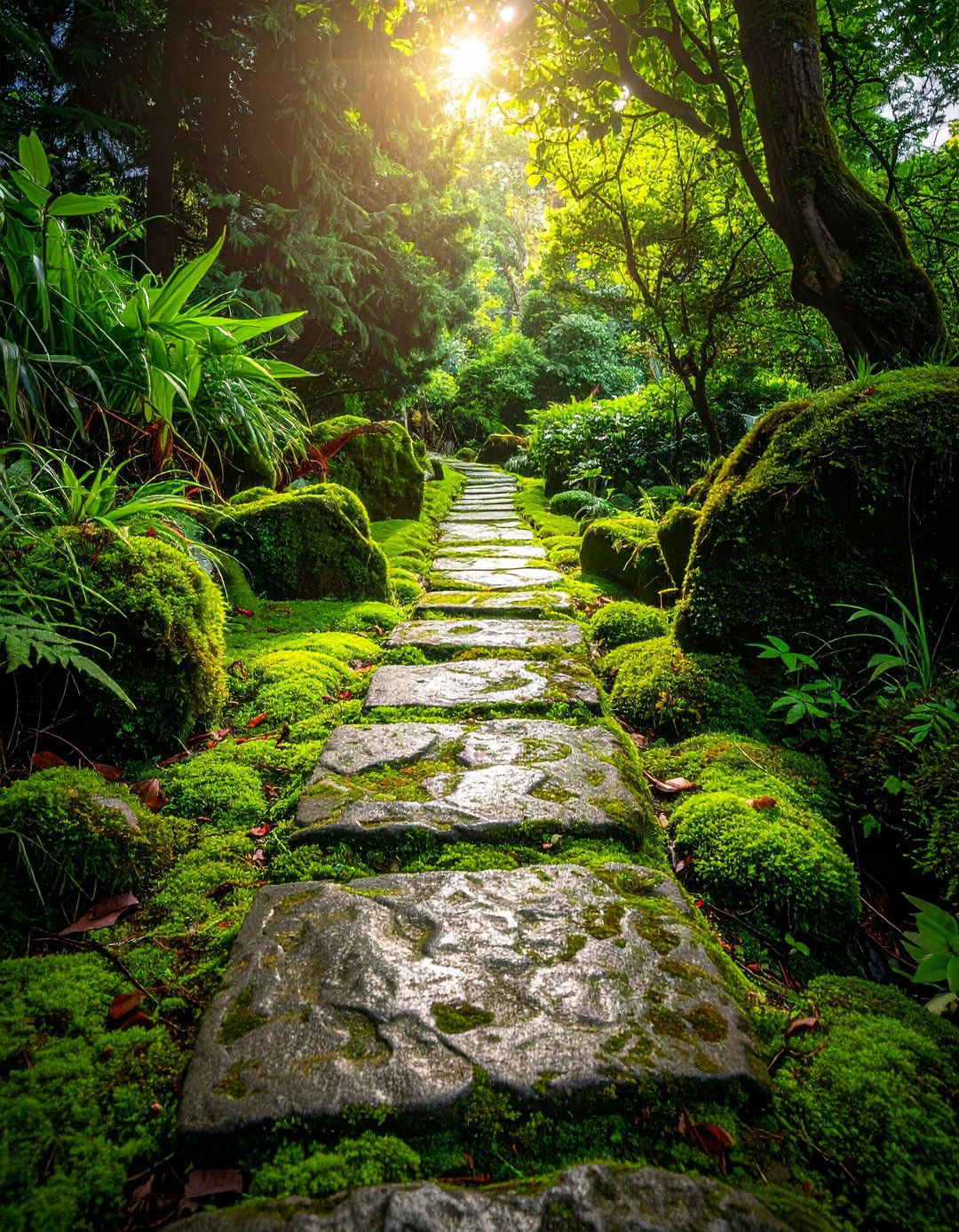
Encourage nature's own artwork by creating a stone pathway designed to develop beautiful moss coverage over time. Use flat fieldstone or flagstone pieces with slightly rough surfaces that provide good footing for both feet and moss establishment. Space stones closely enough for comfortable walking while leaving narrow gaps for moss to bridge between pieces. This pathway style thrives in the naturally moist, shaded conditions of woodland gardens. The moss coverage softens the appearance of the stones while creating a lush, fairy-tale atmosphere that's perfect for woodland settings. Choose stone colors that complement your existing landscape - gray and blue-gray stones provide excellent contrast for bright green moss. Keep the pathway lightly moist during moss establishment, and avoid using salt or chemical de-icers in winter that might damage the moss. The result is a living pathway that becomes more beautiful with each passing season.
9. Wildflower Border Trail
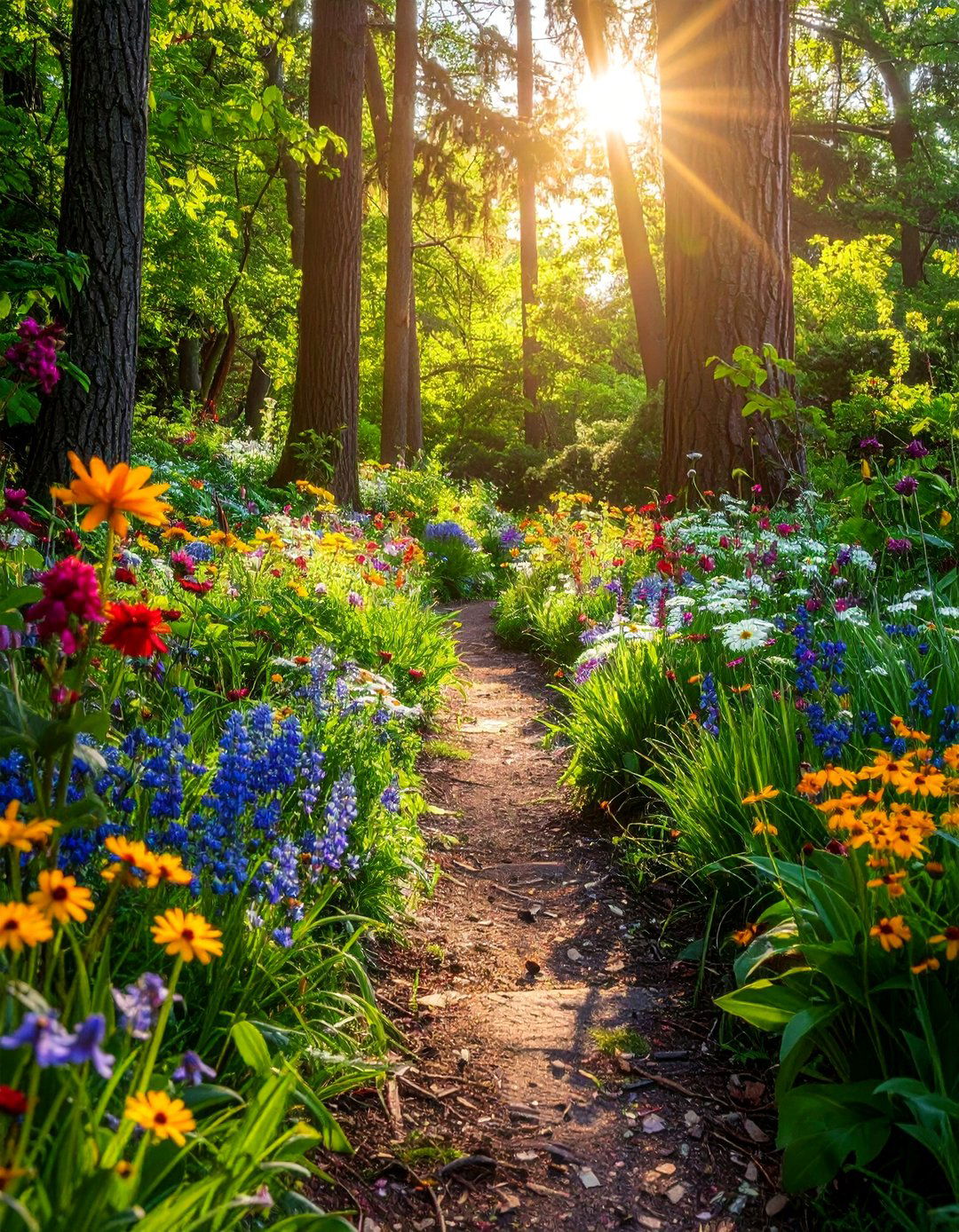
Have you ever imagined walking through a pathway where native wildflowers create a constantly changing border throughout the growing season? This design combines a simple central pathway material like fine gravel or wood chips with carefully planned wildflower plantings that provide year-round interest. Choose native wildflowers that thrive in woodland conditions - trilliums for early spring, wild columbine for late spring, and asters for fall color. The pathway itself should be narrow enough to feel intimate but wide enough for comfortable passage, typically 2-3 feet. Allow the wildflower borders to vary in width and density, creating natural-looking drifts rather than formal edges. This approach requires more maintenance than purely hardscape paths but rewards with seasonal beauty and wildlife habitat. The combination of structured pathway and wild plantings perfectly captures the balance between accessibility and natural beauty that defines successful woodland garden design.
10. Reclaimed Brick Woodland Walk
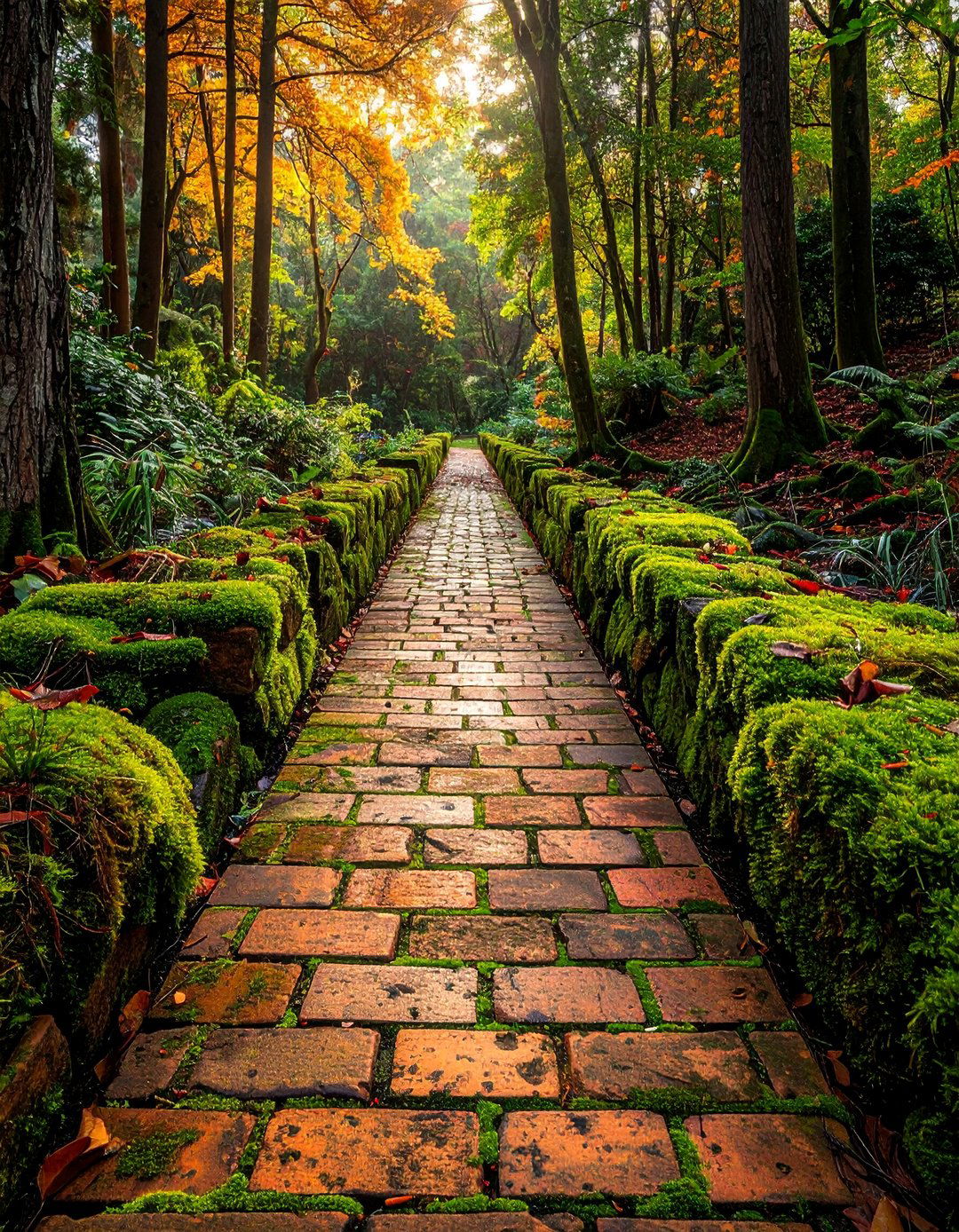
Weathered reclaimed bricks bring warmth and history to woodland pathways while providing a durable, slip-resistant walking surface. The earth-tone colors of aged brick complement woodland surroundings beautifully, and the material's ability to develop attractive moss and lichen growth over time enhances its natural appearance. Lay bricks in herringbone or running bond patterns for visual interest, or arrange them more randomly for a cottage garden feel. The thermal mass of brick means the pathway will be comfortable to walk on during cool woodland mornings while providing excellent drainage between pieces. This material choice works especially well where the woodland garden transitions to more formal areas near the house. The durability of brick means this pathway will maintain its structure for decades while developing character and patina that only improves with age. Fill joints with sand or fine gravel to allow for slight movement while maintaining weed suppression.
11. Decomposed Granite Natural Path
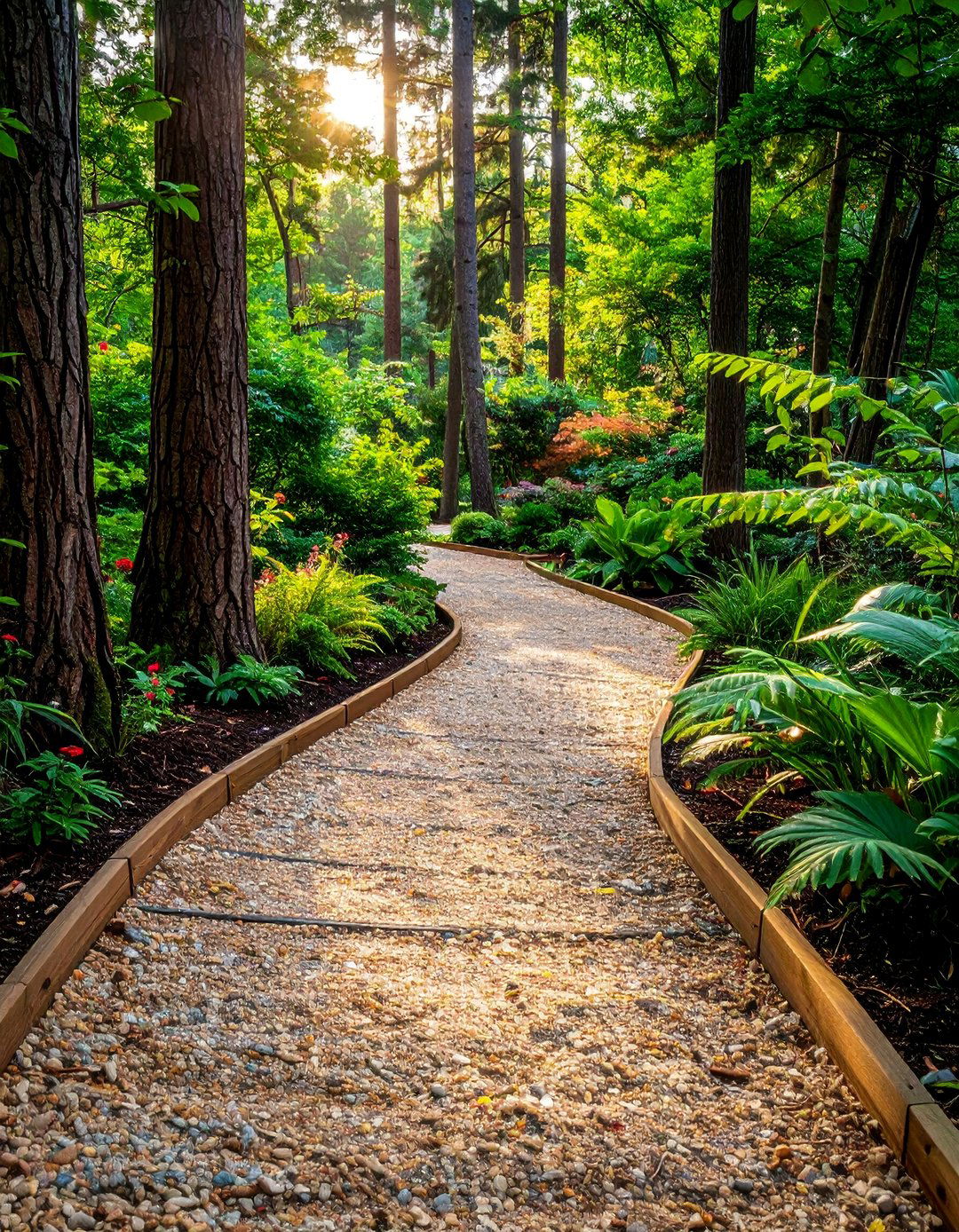
Does your woodland garden need a pathway that looks completely natural while providing firm, all-weather footing? Decomposed granite creates a surface that closely mimics natural soil while offering superior drainage and stability. This finely crushed granite compacts to form a relatively smooth walking surface that still feels organic and natural. The material comes in various earth tones that can be selected to complement your specific woodland setting. Installation involves laying the granite 2-3 inches deep over a prepared base, then watering and compacting for stability. The pathway will develop a natural patina over time as organic matter incorporates into the surface. This material choice works particularly well for longer pathways or areas that receive heavier foot traffic. Edge with natural stones or timber to provide definition while maintaining the organic aesthetic essential to successful woodland garden design.
12. Slate Chip Textured Trail
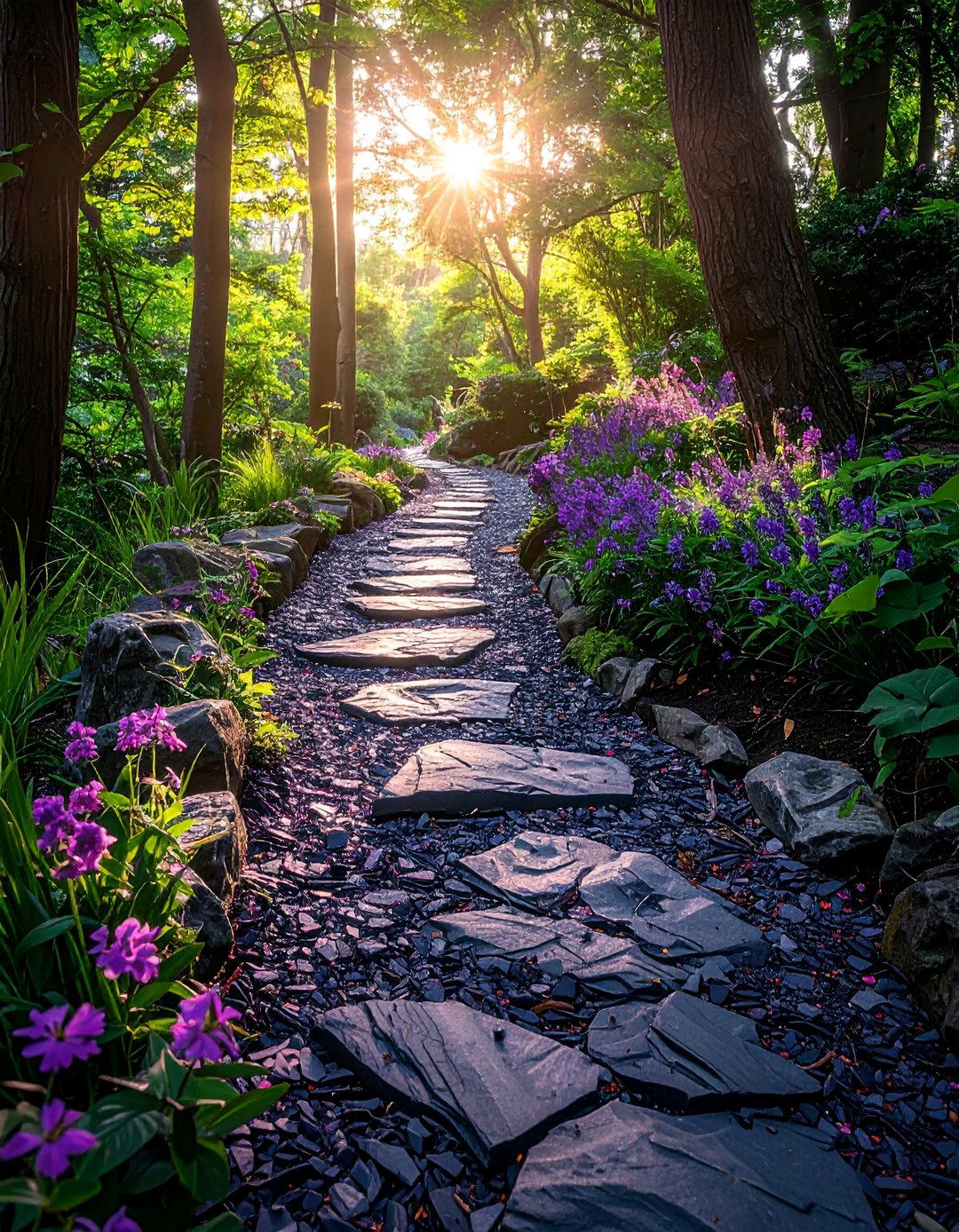
Slate chips create a sophisticated yet natural-looking pathway with excellent drainage properties and rich color variations. The flat, angular pieces interlock naturally to form a stable walking surface while their dark colors provide beautiful contrast against woodland greenery. Slate chips come in various sizes and color ranges, from deep gray to purple and green tones that complement woodland plantings perfectly. This material provides excellent traction even when wet, making it practical for shaded woodland areas where moisture might be common. The chips settle and compact over time while maintaining their attractive appearance for many years. Installation is straightforward - simply spread the chips 2-3 inches deep over prepared ground and lightly compact. The angular nature of slate pieces means they lock together well while still allowing water drainage. This pathway material works particularly well where you want a more refined appearance without sacrificing the natural character essential to woodland gardens.
13. Mixed Stone Mosaic Design
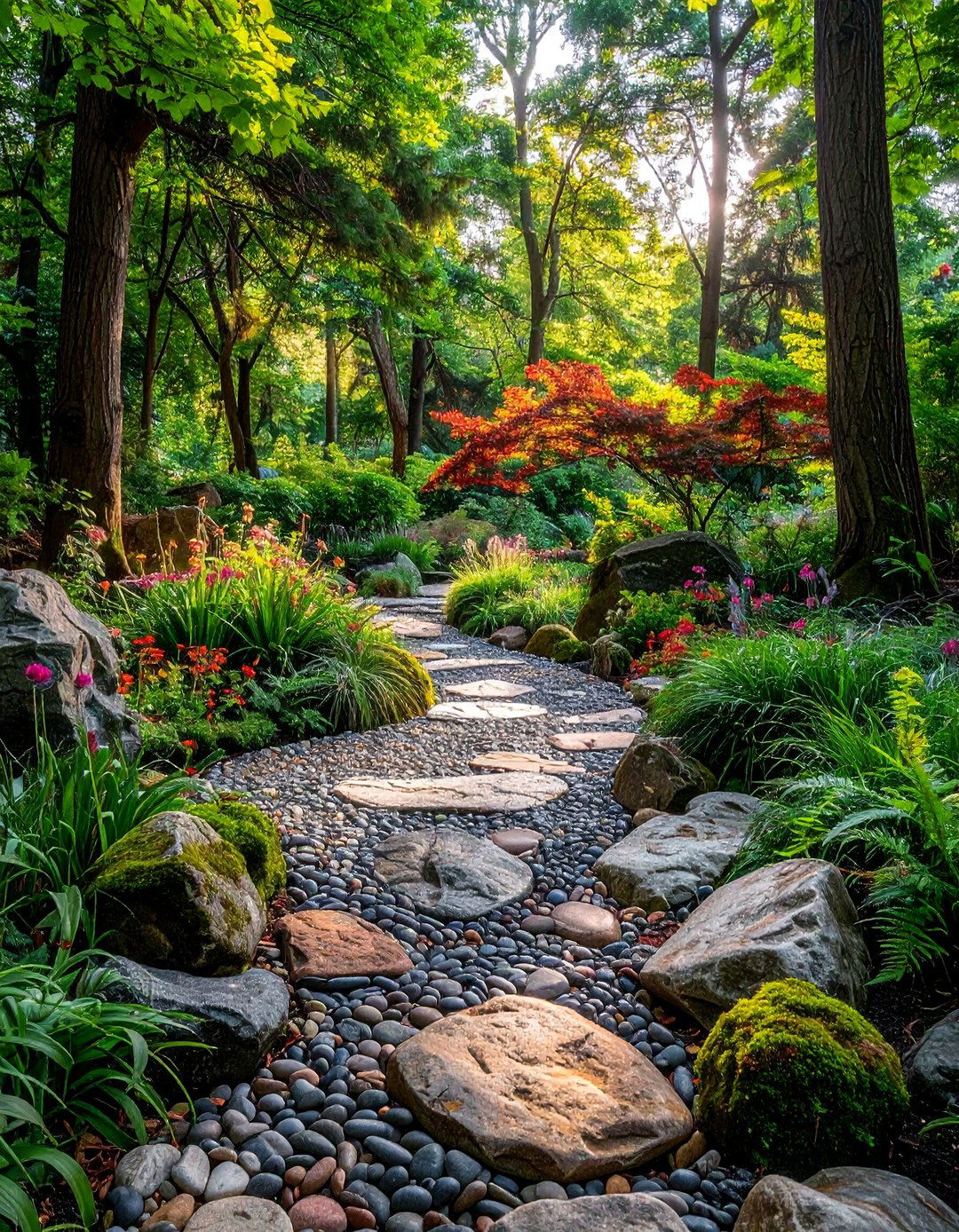
Why settle for uniform materials when you can create a artistic mosaic using various types of natural stone found in your region? This approach combines different stone types - fieldstone, river rock, flagstone pieces, and regional varieties - to create a unique pathway that tells the geological story of your area. Arrange larger stones as primary stepping areas with smaller stones and pebbles filling the spaces between. This design allows for tremendous creativity while using completely natural, locally-sourced materials. The varying textures, colors, and sizes create visual interest while maintaining the organic feel appropriate for woodland settings. This pathway type improves with age as weather and natural processes smooth sharp edges and encourage moss growth in the crevices. The mixed materials provide excellent drainage while creating a surface that's both stable and comfortable for walking. Installation allows for artistic expression while working with nature rather than against it.
14. Crushed Shell Coastal Woodland Path
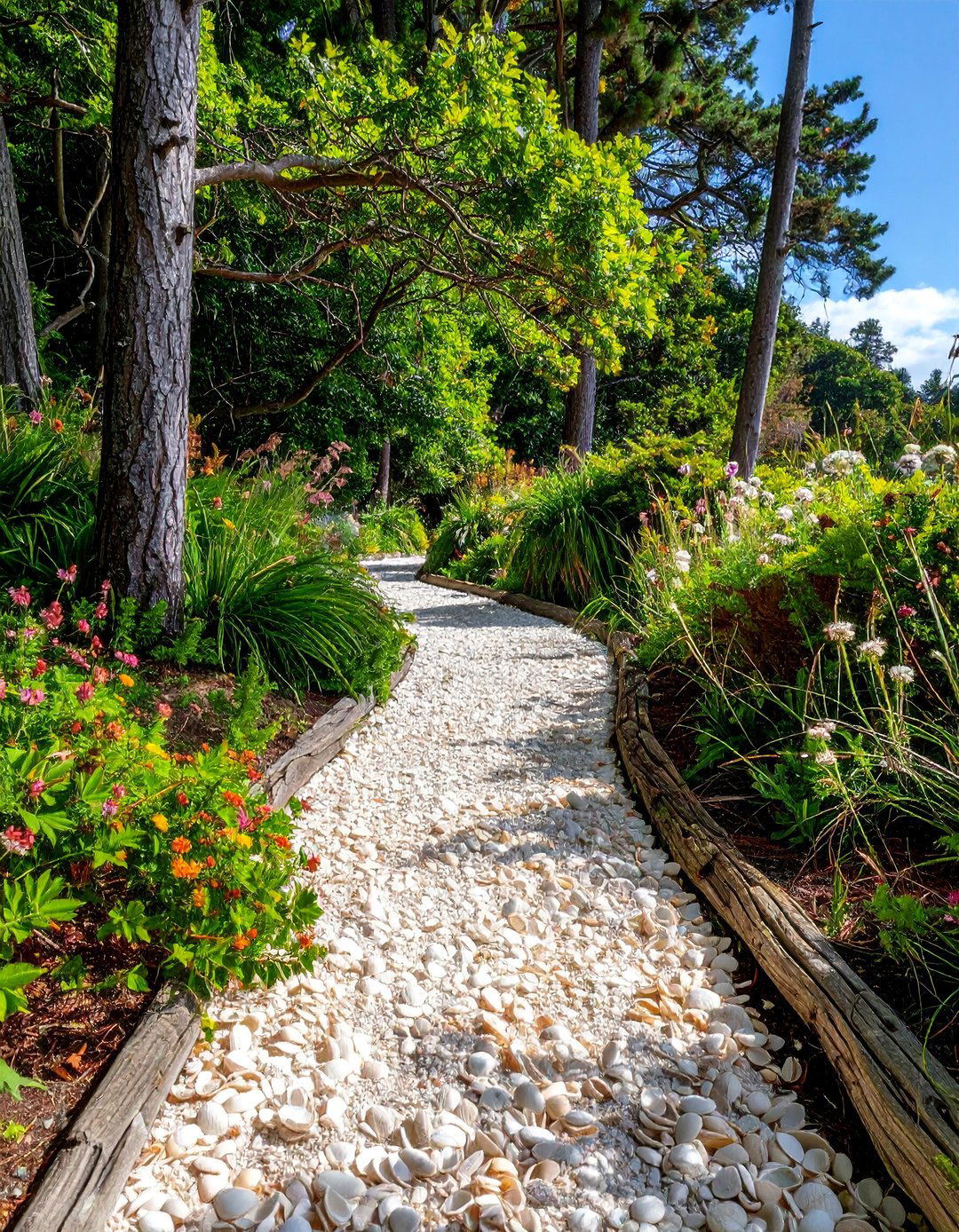
For woodland gardens in coastal areas, crushed oyster or clamshells create a unique pathway that reflects local environmental character while providing excellent drainage and natural beauty. The white and cream colors of crushed shells provide striking contrast against dark woodland soils and green foliage. This material compacts well to form a stable walking surface while maintaining enough texture to prevent slipping. Shells naturally contain calcium that slowly releases into surrounding soil, potentially benefiting nearby plants. The crunching sound underfoot adds another sensory element to woodland walks. This pathway material works particularly well where the woodland garden transitions to more coastal native plantings. Over time, the shells develop a beautiful weathered appearance while organic matter naturally incorporates into the surface. Edge with weathered driftwood or coastal stones to enhance the local character while providing pathway definition.
15. Timber Plank Boardwalk Style
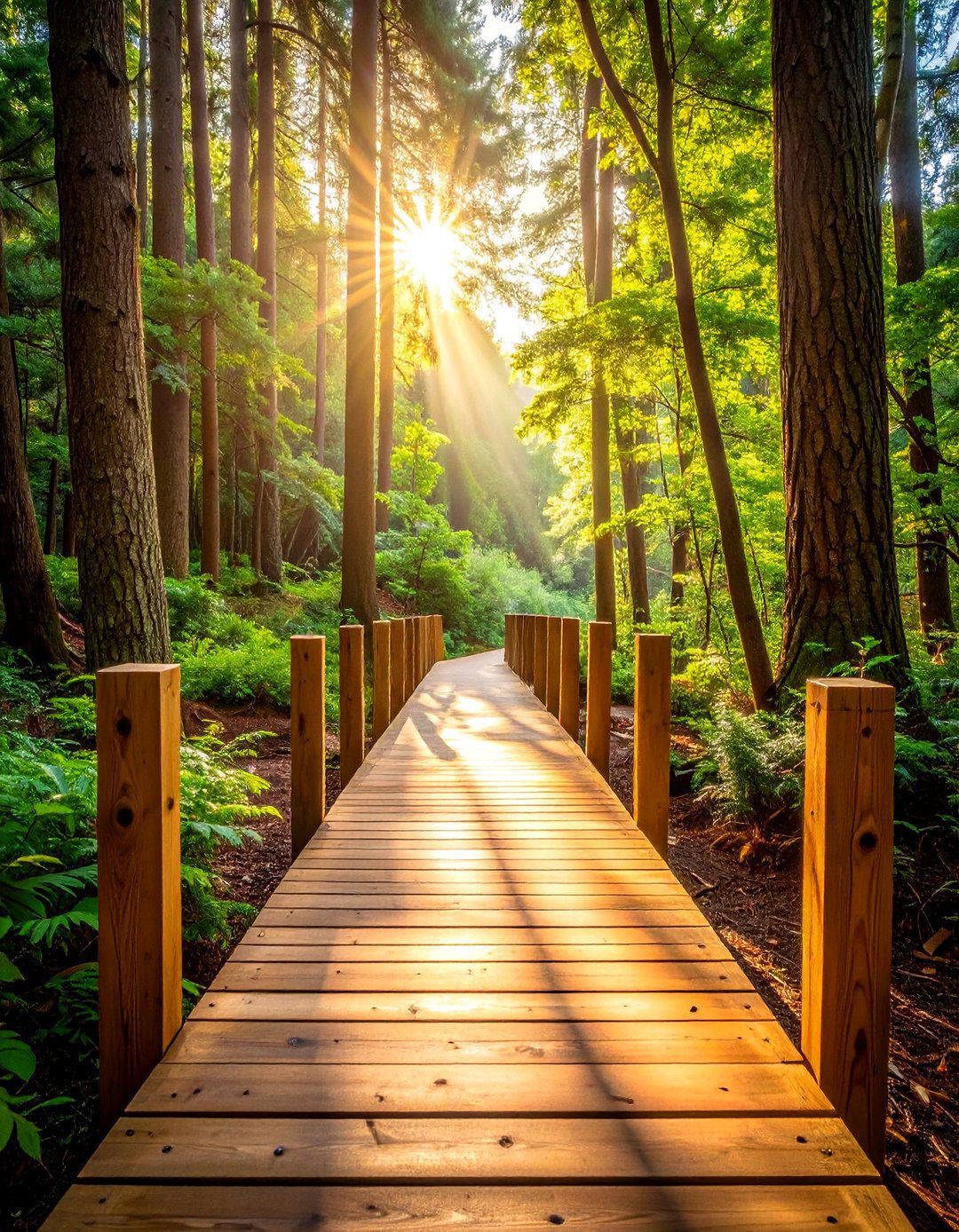
Could anything be more appropriate for a woodland setting than a simple timber boardwalk that seems to float above the forest floor? This elevated approach works especially well in areas with drainage challenges or where you want to preserve existing woodland plantings beneath the pathway. Use naturally weather-resistant woods like cedar or treated lumber for longevity, and space planks with small gaps for drainage and visual lightness. The raised design allows air circulation that prevents moisture buildup while providing a stable walking surface regardless of ground conditions below. This pathway style works beautifully where the route passes over seasonal wet areas or through particularly sensitive woodland ecosystems. The linear geometry of planks provides pleasing contrast to the organic shapes of woodland plantings while maintaining appropriate natural character. Support the boardwalk with simple post foundations or concrete footings depending on span requirements and local building considerations.
16. Native Grass Path Integration
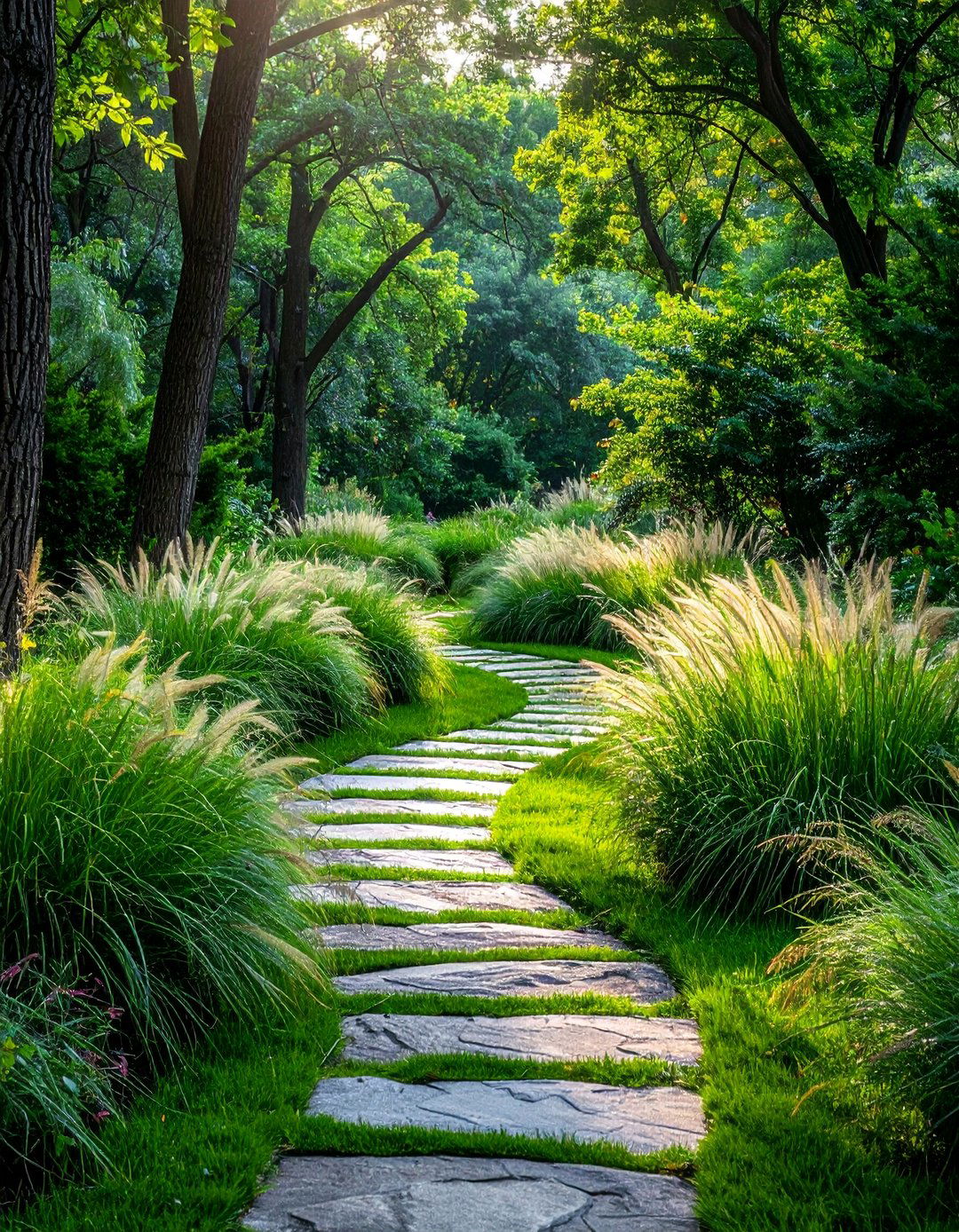
Imagine a pathway where drought-tolerant native grasses create living edges that seem to flow into the walkway itself, blurring the boundaries between path and landscape. This design uses a central strip of hard material - stone, gravel, or mulch - bordered by ornamental native grasses that create soft, flowing transitions. Choose grasses appropriate for your woodland conditions, such as Pennsylvania sedge for eastern forests or buffalo grass for drier woodland areas. The grasses provide movement and seasonal interest while requiring minimal maintenance once established. This approach works particularly well where you want the pathway to feel like a natural part of the ecosystem rather than an imposed feature. The grass borders can vary in width and density to create natural-looking variations along the route. Seasonal changes in grass color and texture provide year-round interest while wildlife benefits from the habitat created by native plantings.
17. Dry Creek Bed Pathway
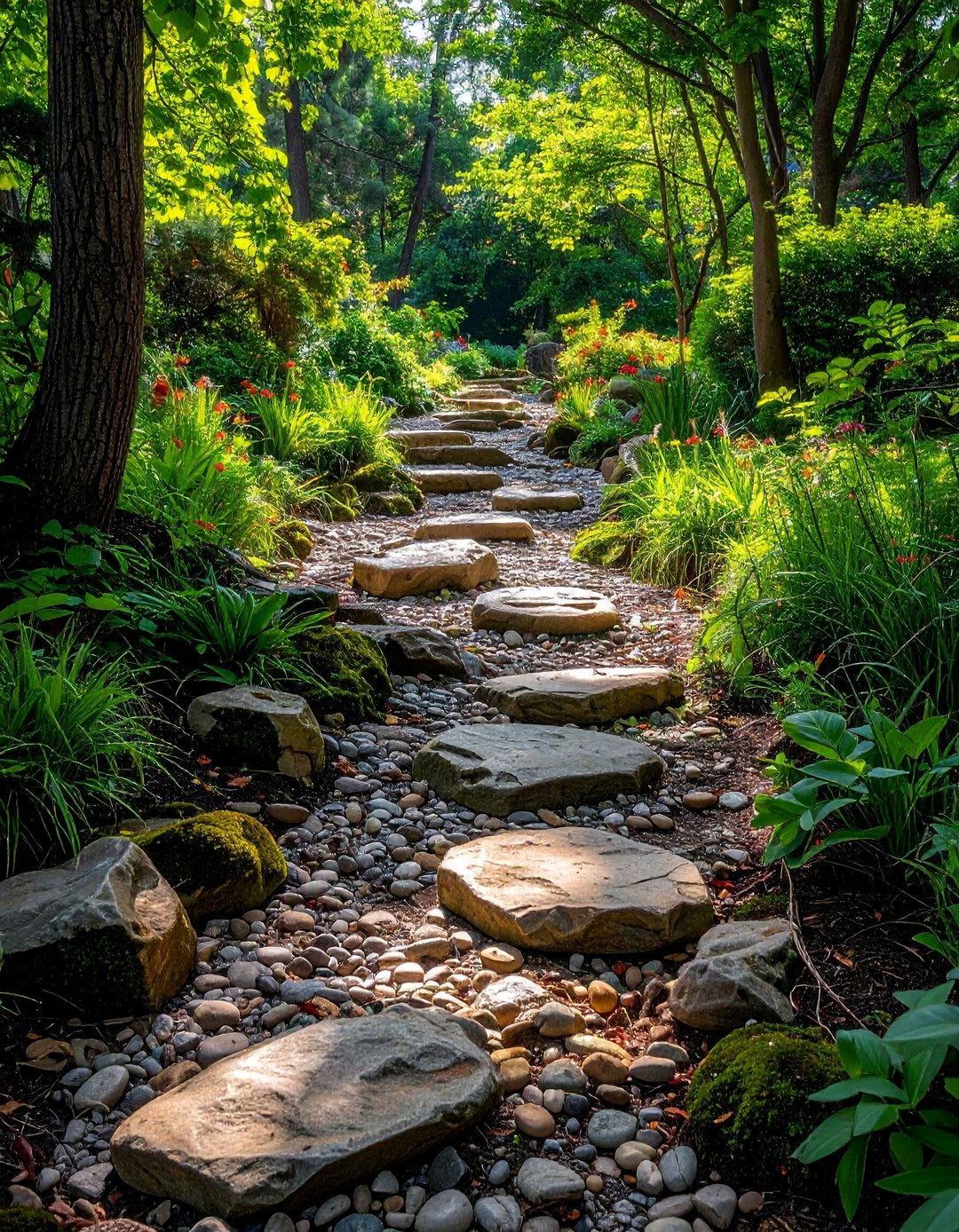
Transform the practical need for garden drainage into a beautiful pathway feature by creating a dry creek bed that serves as both drainage solution and attractive walkway. Use rounded river rocks and gravel in varying sizes to create the illusion of a natural watercourse that occasionally carries water during heavy rains. This design works exceptionally well on slopes where water management is important while providing year-round visual interest. Larger rocks can serve as stepping stones for crossing the "creek," while smaller gravel fills the channel between them. Plant the banks with moisture-loving natives that would naturally occur along real watercourses in your area. This pathway design adds the suggestion of water movement and natural hydrology while solving practical drainage challenges. The naturalistic appearance integrates perfectly with woodland garden aesthetics while providing unique visual interest throughout the seasons.
18. Pebble Garden Stream Path
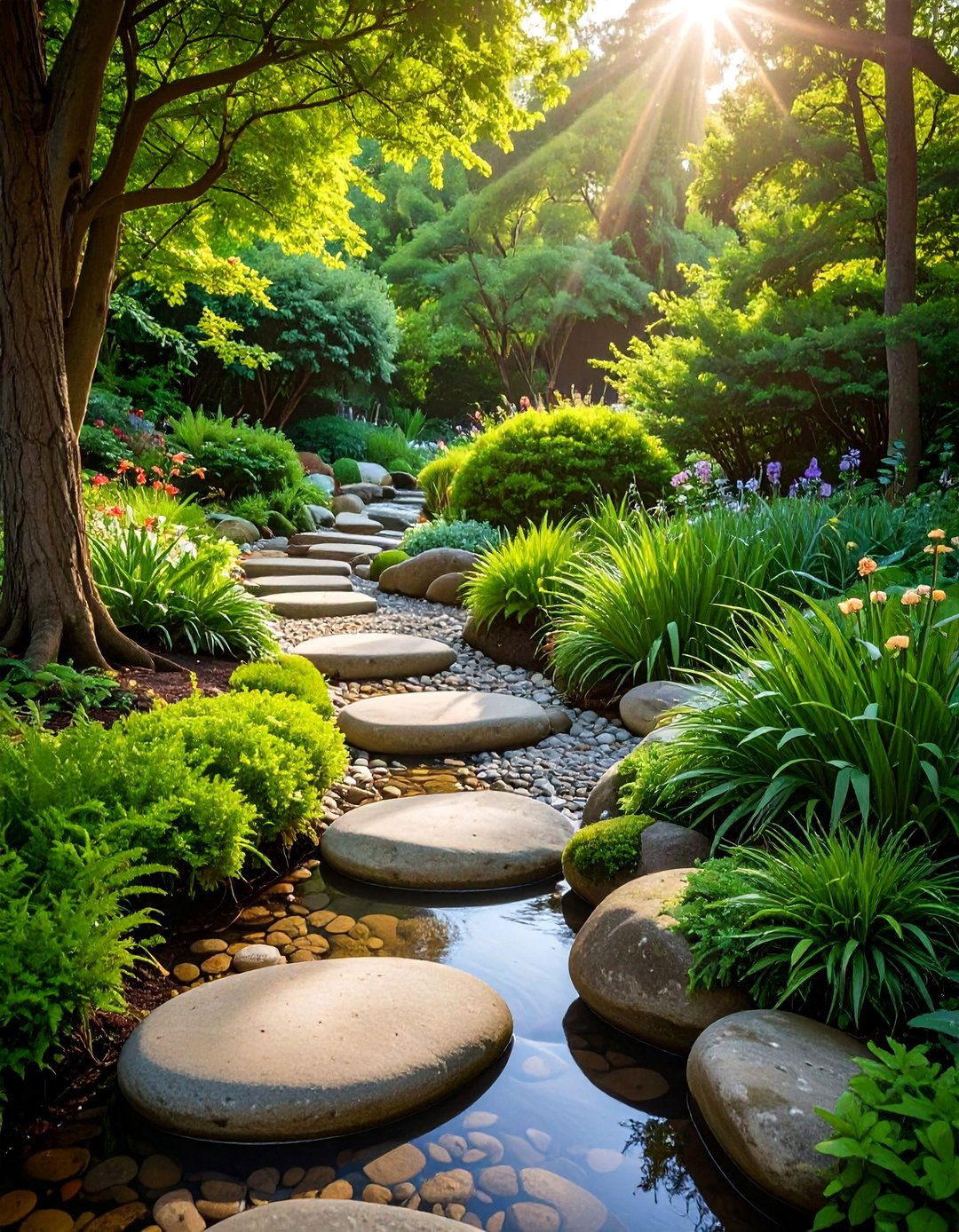
Smooth, rounded pebbles create a pathway that suggests gentle water flow while providing pleasant textures underfoot and beautiful visual interest. This design uses pebbles in earth tones arranged to create flowing patterns that guide movement through the woodland garden. The small scale of individual pebbles allows for detailed artistic arrangements while maintaining the natural character essential to woodland settings. Installation involves setting pebbles into a sand base that allows for slight settling while preventing migration of materials. This pathway type provides excellent drainage while creating surfaces that are comfortable for bare feet during warmer weather. The smooth stones are pleasant to walk on and develop beautiful coloration when wet from rain or irrigation. Edge with larger stones or split logs to contain the pebbles while providing visual definition. Over time, organic matter naturally incorporates into the spaces between pebbles, further softening the pathway's appearance.
19. Woodland Terraced Steps Design
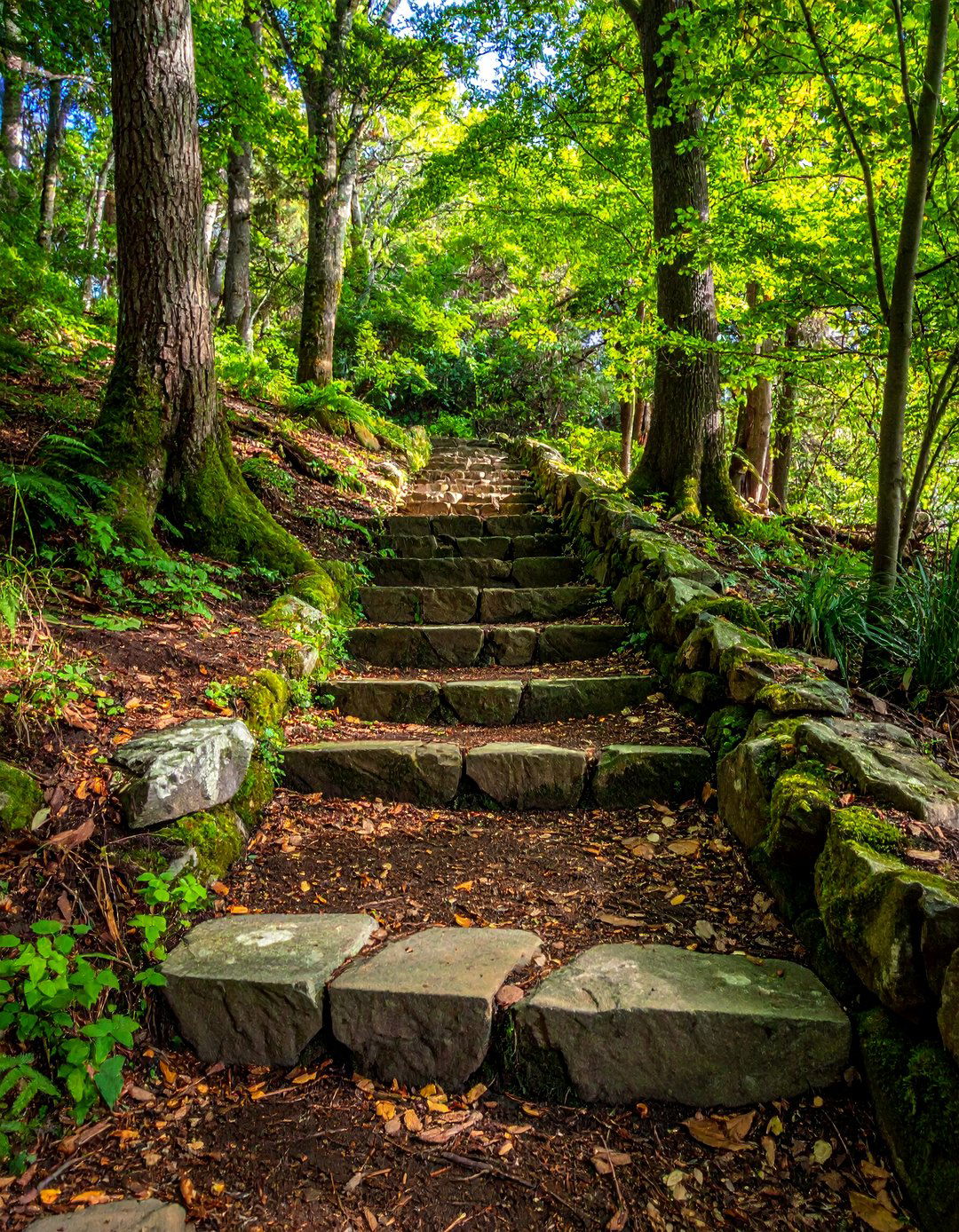
Sloped woodland areas present opportunities to create beautiful terraced pathways that work with natural topography while providing safe, comfortable access through challenging terrain. Use natural stone, timber, or recycled materials to create gentle steps that follow the land's contours rather than fighting against them. Each terrace level can feature different pathway materials - stone treads with bark mulch landings, or timber steps with gravel terraces. This approach allows you to manage erosion while creating interesting visual variety along the route. Plant the areas between terraces with appropriate woodland species that will help stabilize soil while adding seasonal beauty. The varying elevations create opportunities for different perspectives of the garden while the stepped design makes steep areas accessible to people of all ages and abilities. This pathway style works particularly well where the route needs to connect different elevation levels while maintaining the natural character appropriate for woodland settings.
20. Mulched Meditation Loop
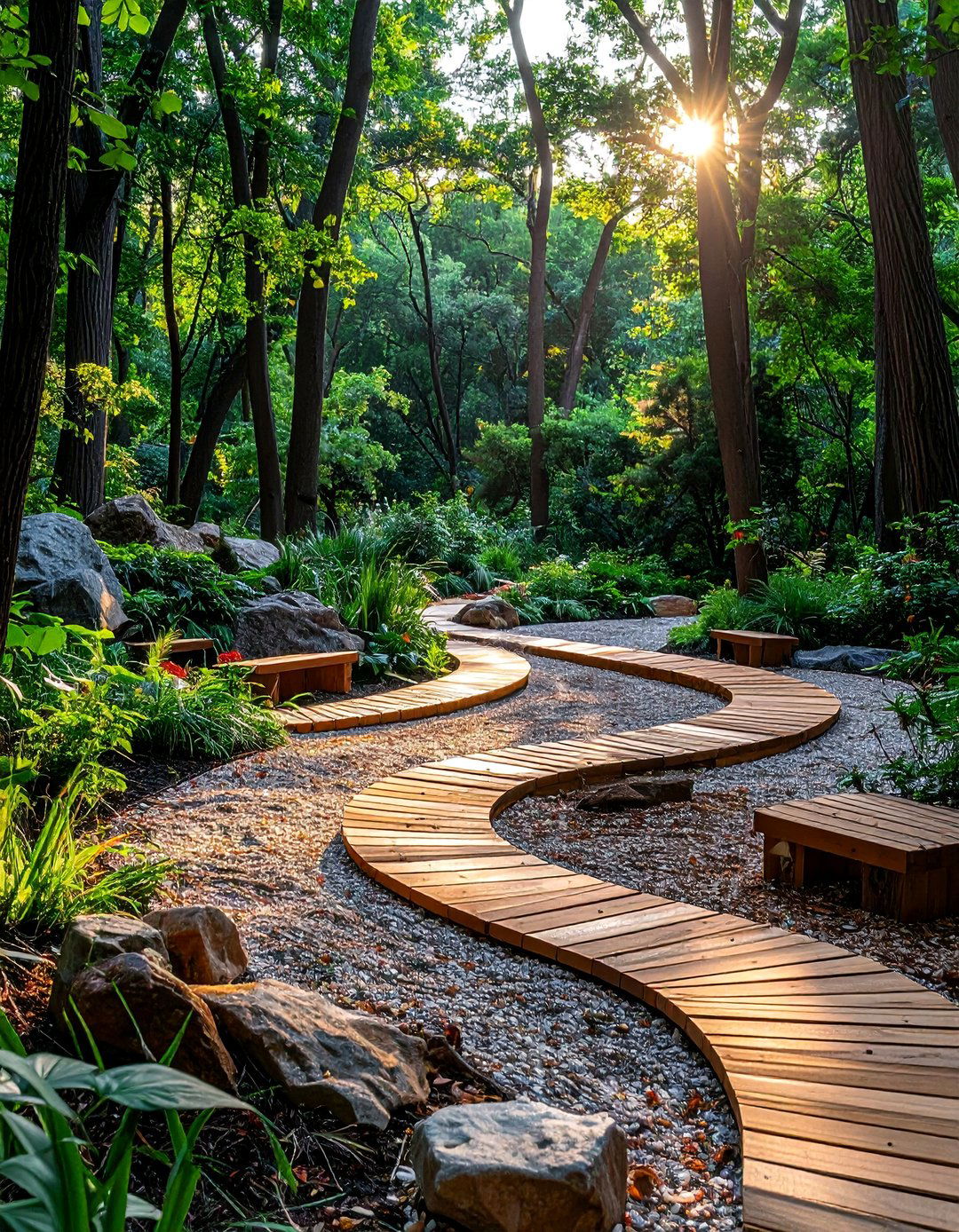
Sometimes the journey is the destination - create a circular pathway designed specifically for contemplative walking and quiet reflection in your woodland sanctuary. This design uses fine-textured mulch or wood chips to create a smooth, quiet surface perfect for slow, meditative movement. The circular or figure-eight layout provides a complete walking experience without requiring a specific destination, encouraging users to focus on the journey itself. Include subtle seating areas or view points along the route where walkers can pause for reflection or observation. This pathway style works especially well in more secluded areas of larger woodland gardens where privacy and tranquility are priorities. The soft surface materials minimize noise while the enclosed loop design creates a sense of separation from more active garden areas. Consider incorporating subtle lighting for evening use, or position the loop to take advantage of particularly beautiful seasonal views or wildlife watching opportunities throughout the woodland garden.
Conclusion:
Creating the perfect woodland garden path involves more than just choosing materials - it's about crafting an experience that connects you with the natural world while serving practical needs. The twenty pathway ideas presented here offer approaches for every style preference, budget consideration, and site condition you might encounter. From the simple elegance of bark mulch trails to the artistic expression of mixed stone mosaics, each design celebrates the inherent beauty of natural materials while creating functional access through your woodland sanctuary. The key to success lies in working with your existing landscape rather than imposing artificial elements that fight against natural character. Consider your specific site conditions, maintenance preferences, and intended use patterns when selecting pathway materials and designs. Remember that the most beautiful woodland paths often combine multiple approaches - perhaps flagstone stepping stones through a pine needle carpet, or timber edging containing a gravel stream bed design. The goal is creating pathways that feel like natural extensions of the woodland environment while providing years of reliable service and seasonal beauty.

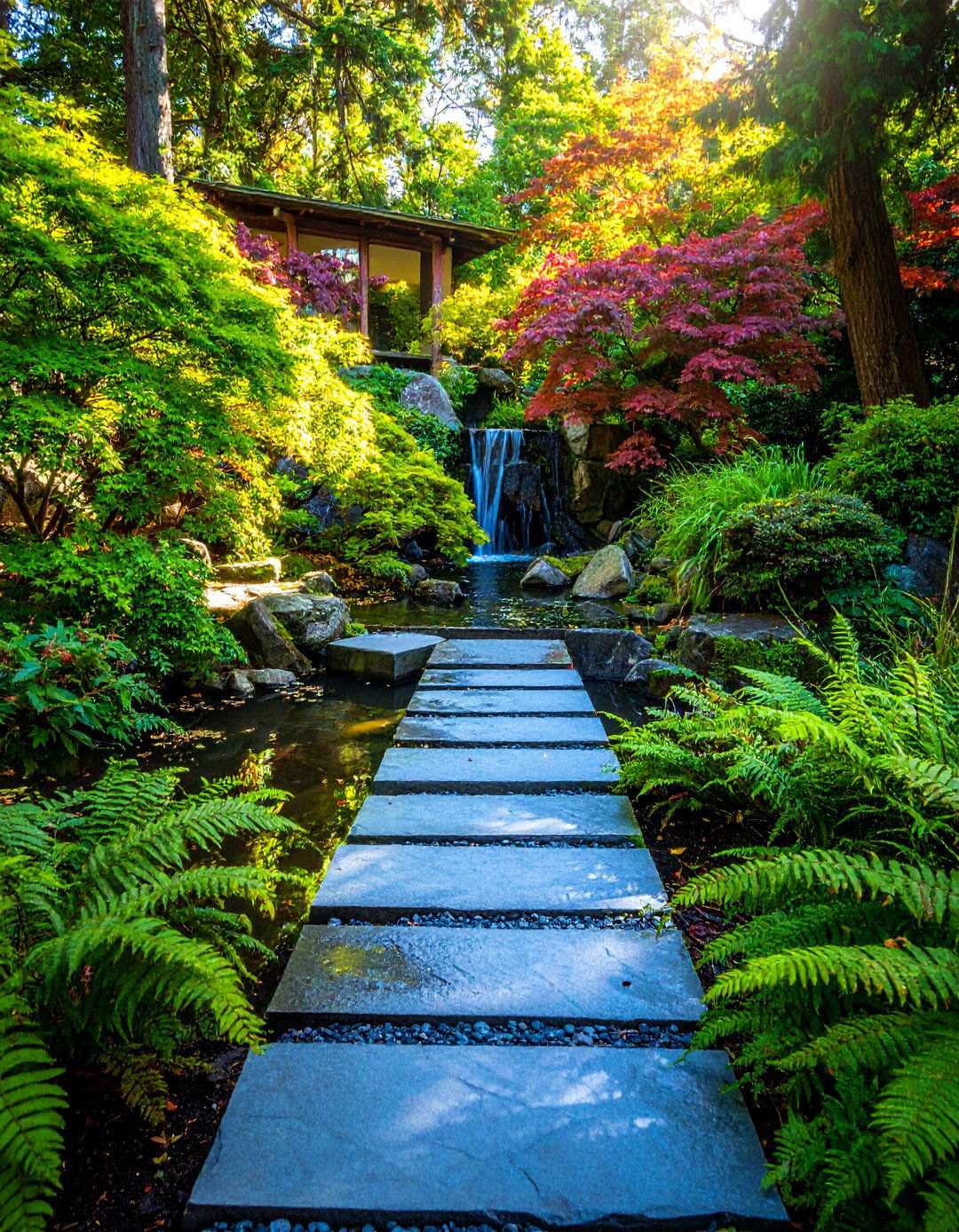
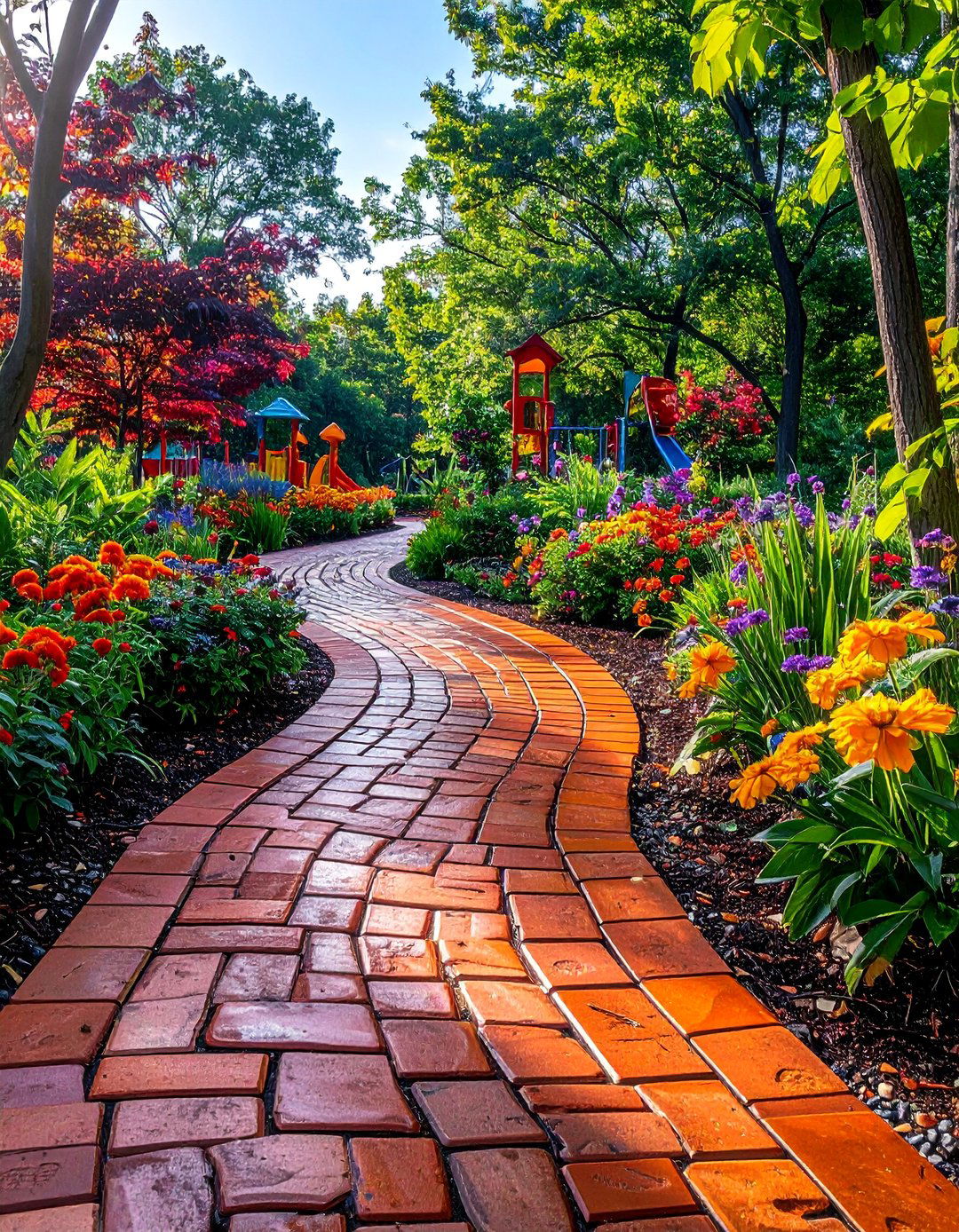
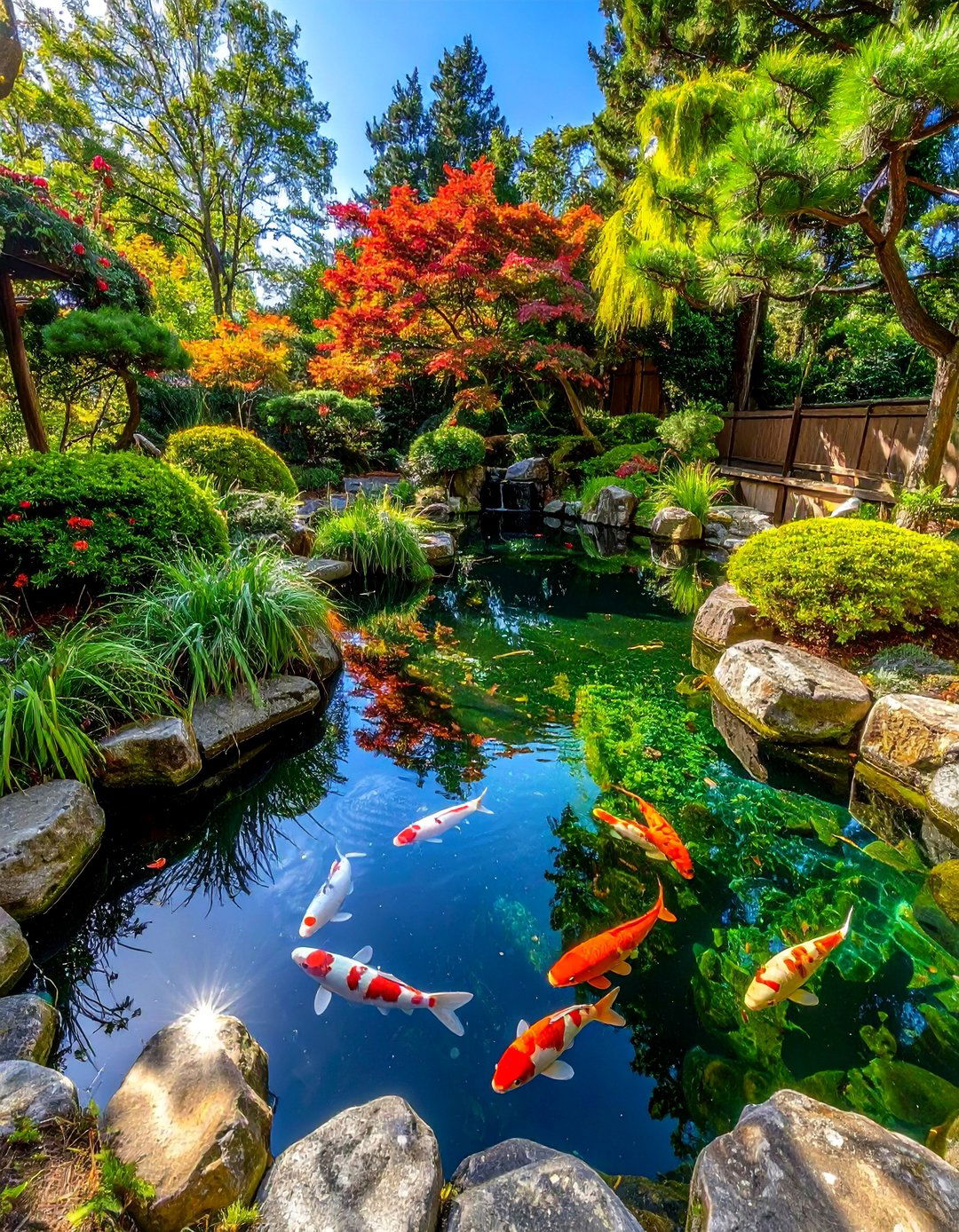


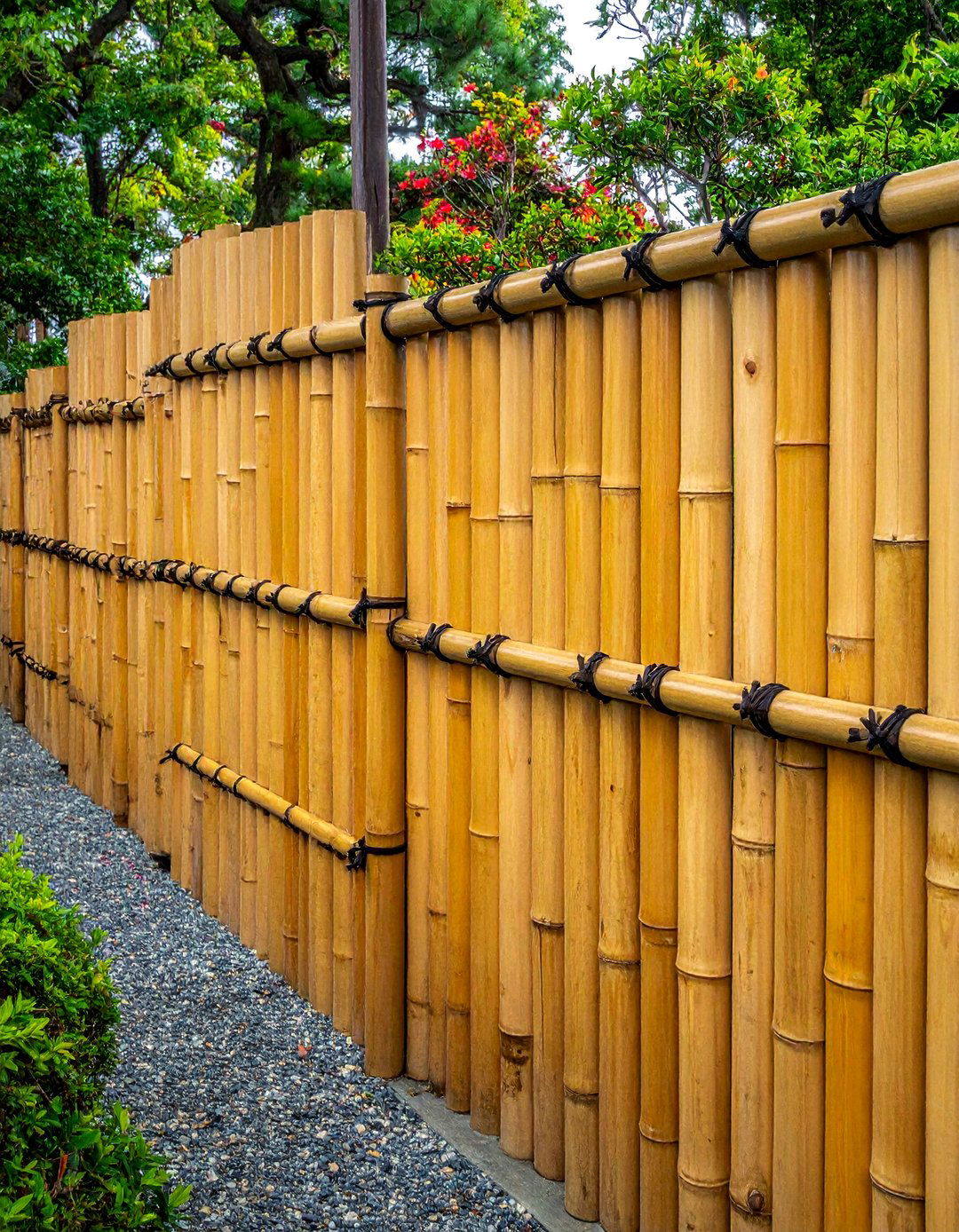
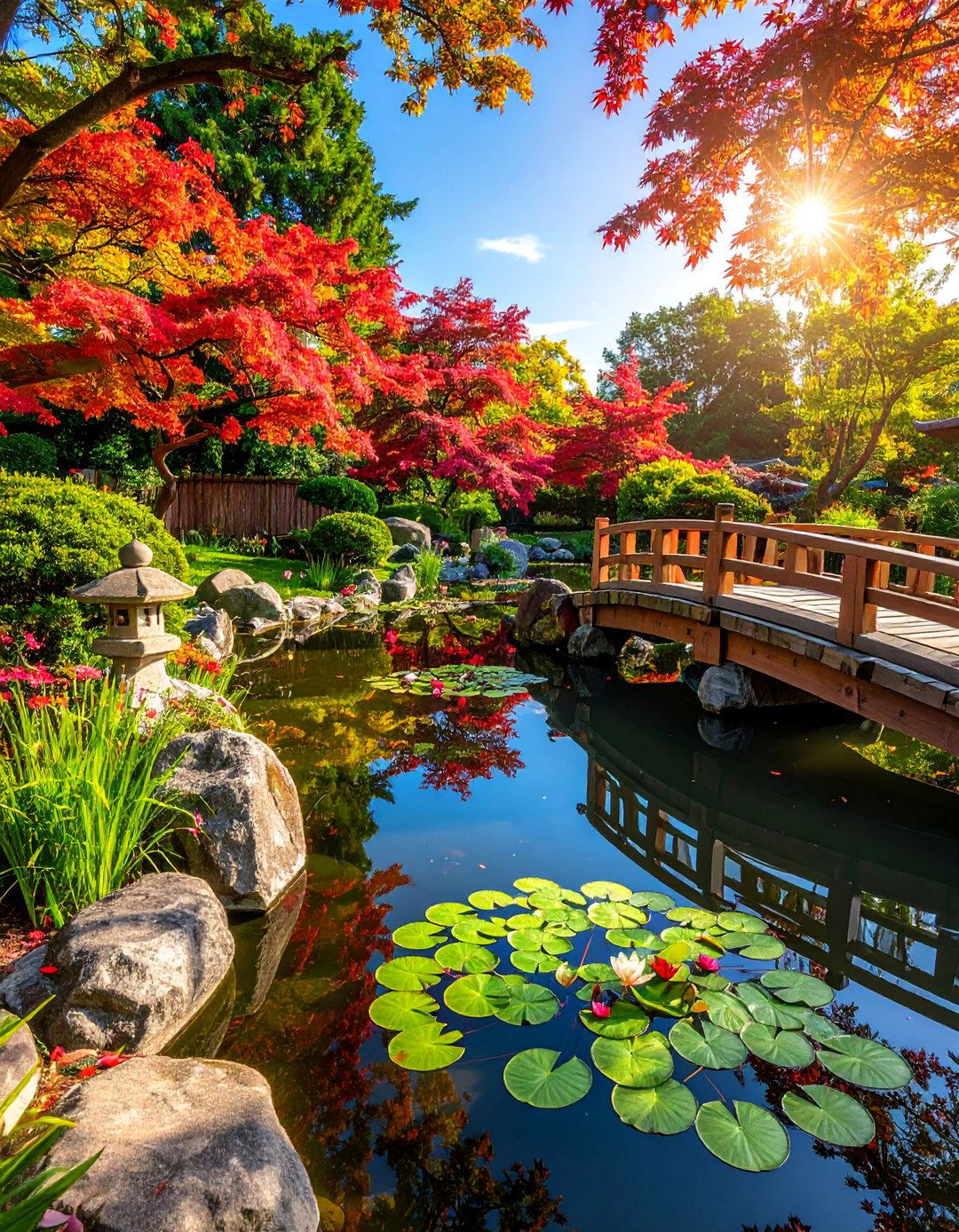
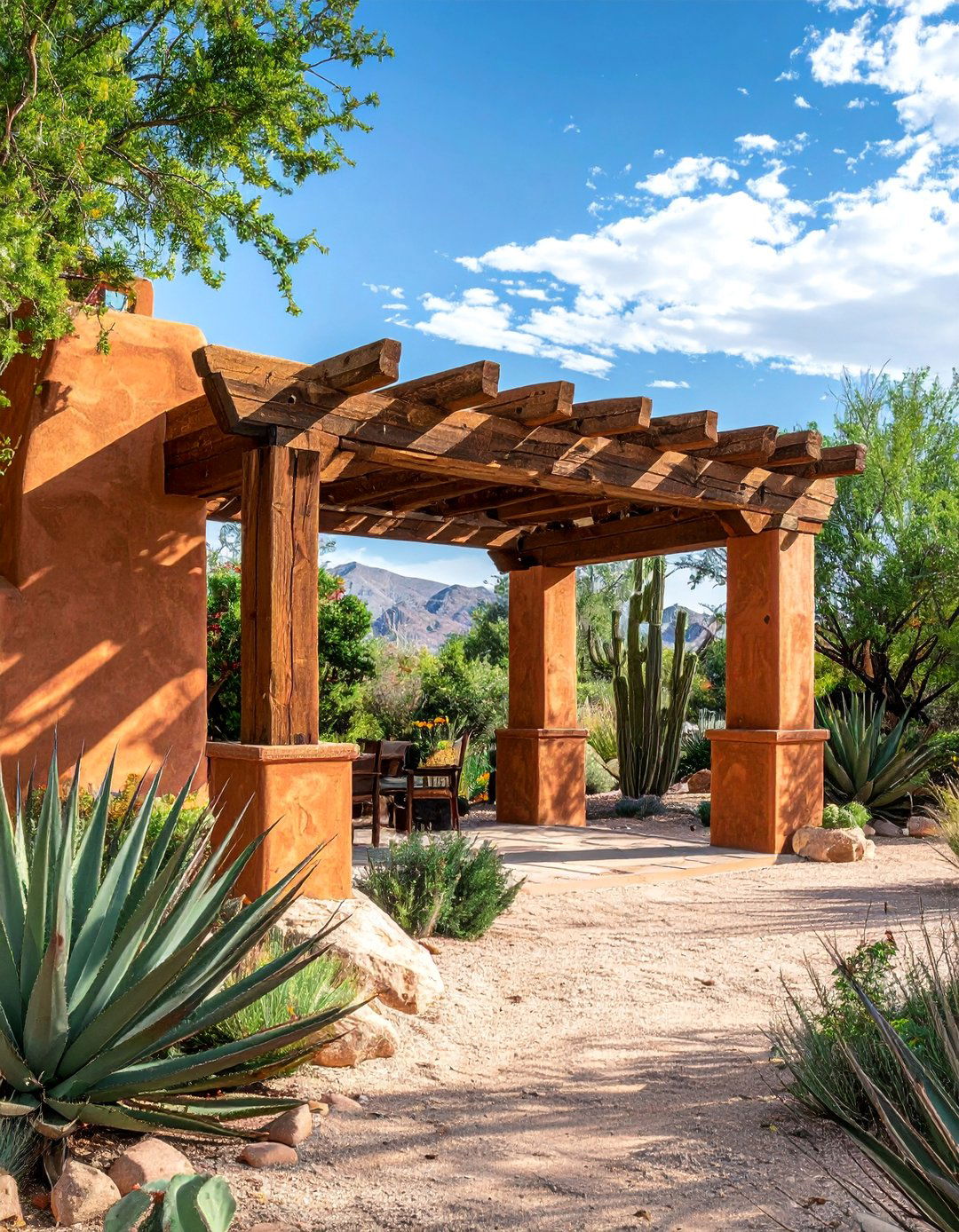
Leave a Reply